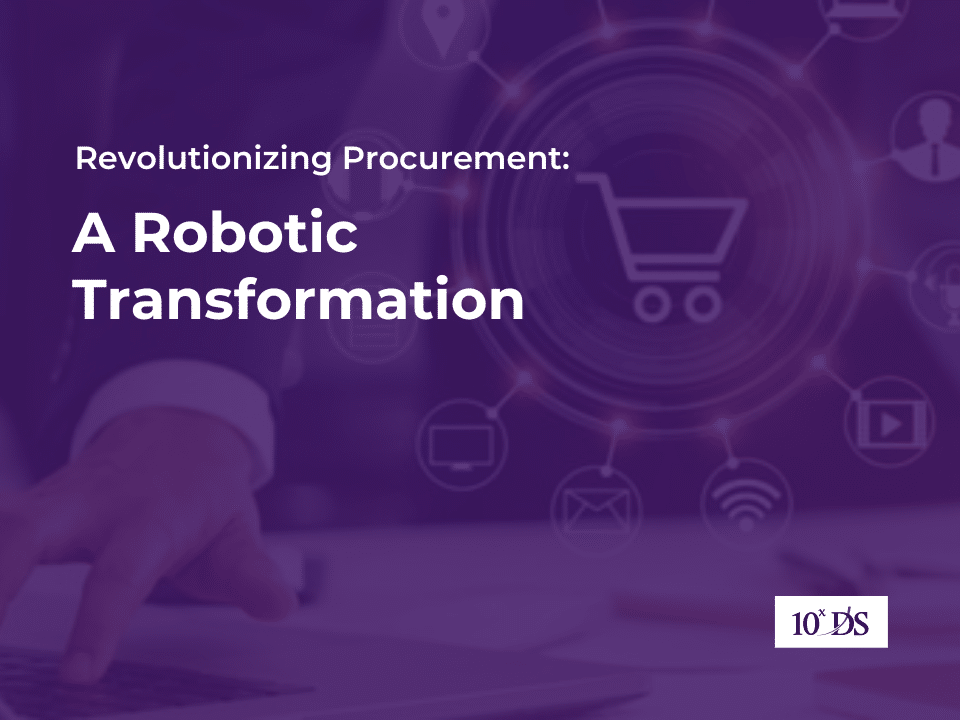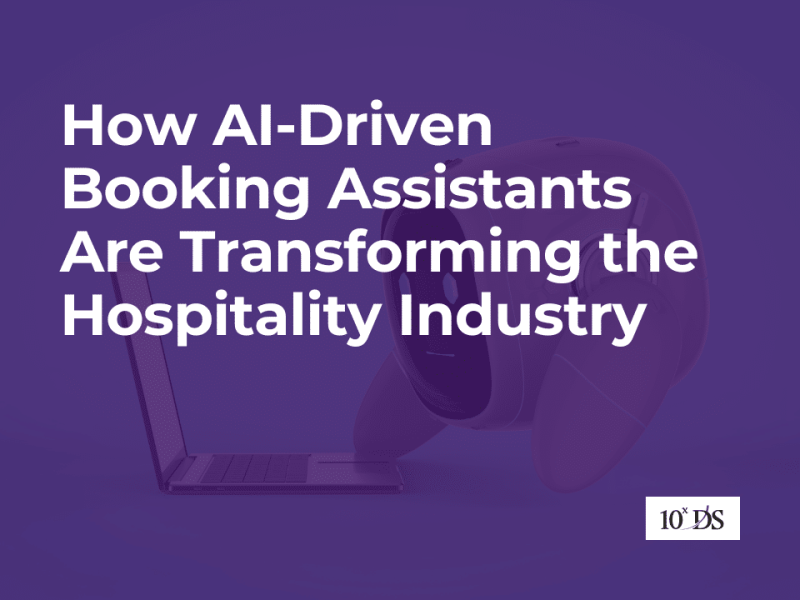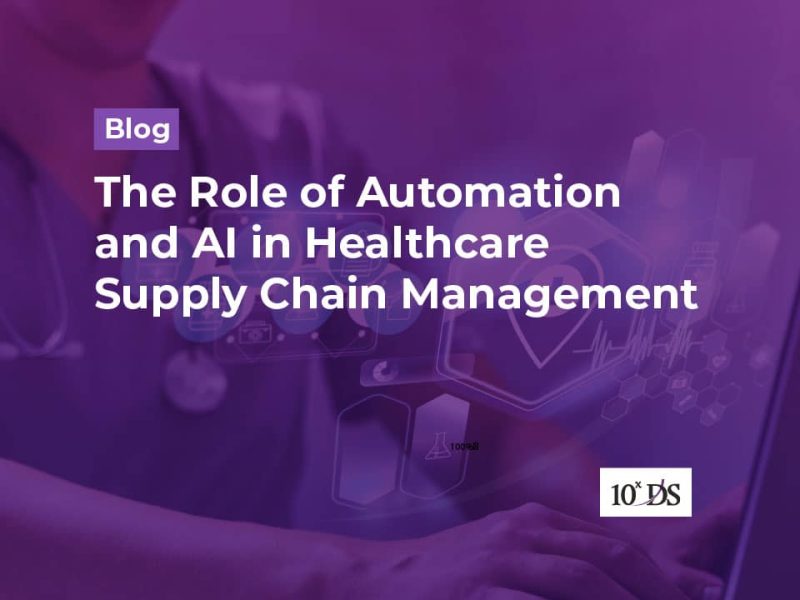
Revolutionizing Procurement: A Robotic Transformation
In the dynamic landscape of business operations, where efficiency and speed are paramount, the procurement process plays a pivotal role. It is a vast process with many sub-processes and activities connecting many stakeholders and systems. Traditionally, procurement has been a labour-intensive and time-consuming function, but with the advent of robotics, a transformative wave is sweeping through the way organizations acquire goods and services. In this blog, we’ll explore how the integration of robotics is reshaping the procurement process, unlocking unprecedented efficiency and agility.
Let us explore a few use cases in detail.
1. Automated Data Analysis:
One of the significant challenges in procurement is sifting through vast amounts of data to make informed decisions. Robotics, equipped with advanced data analytics capabilities, can streamline this process. Automated data analysis enables procurement professionals to identify patterns, trends, and cost-saving opportunities, leading to more strategic decision-making. Let us examine the case of pricing decisions based on previous purchases can be a game-changer for businesses.
a) Historical Purchase Data – By analysing previous purchases, businesses gain insights into price fluctuations, supplier performance, and market dynamics.
b) Dynamic Pricing Models – Automated systems can continuously monitor market conditions, competitor pricing, and internal factors, adjusting prices dynamically to remain competitive and maximize profitability.
c) Cost Analysis and Optimization – Automated tools can perform in-depth cost analysis by considering various factors such as production costs, supply chain expenses, and market demand.
d) Supplier Negotiations: Understanding historical pricing trends and supplier performance allows for more effective negotiations, leading to better deals and improved profit margins.
e) Identifying Profitable Customer Segments: By understanding the purchasing behaviours of different customer groups, businesses can tailor pricing strategies to maximize revenue from each segment.
f) Predictive Analytics – By employing predictive analytics, businesses can anticipate changes in market conditions, supplier pricing, and customer preferences. This foresight enables proactive adjustments to pricing strategies.
2. Enhanced Vendor Management:
Robotic Process Automation (RPA) can revolutionize vendor management by automating routine tasks such as vendor onboarding, performance monitoring, and compliance checks. This not only reduces the risk of errors but also allows procurement teams to focus on building stronger relationships with key suppliers. Some activities for example are:
· Automated collection and validation of vendor information and Auto-generation of vendor profiles
· Automated tracking of key performance indicators (KPIs) for each vendor.
· Automated verification of vendor compliance with contractual and regulatory requirements.
· Automated analysis of vendor risk factors, including financial stability and market reputation.
· Automated scheduling and compilation of vendor performance reviews.
3. Streamlined Purchase Order Processing:
The procurement process often involves a multitude of purchase orders, invoices, and approvals. Robotics streamlines this complex workflow by automating the creation and processing of purchase orders. This not only accelerates the procurement cycle but also reduces the likelihood of errors.
a) PO Creation
Auto-Generation: Automated PO generation is based on predefined criteria such as inventory thresholds or sales forecasts. This ensures that purchase orders are initiated promptly without manual intervention, reducing the risk of delays.
Template Usage: Utilizing templates streamlines the creation process for standard items or recurring orders. This not only saves time but also ensures consistency in formatting and information.
b) Approval Workflows
Routing for Approval: Automation in approval workflows ensures that POs are directed to the appropriate stakeholders for review and approval. This prevents bottlenecks and enhances the speed of the procurement process.
Threshold Notifications: Automatic notifications alert relevant personnel when a PO exceeds predefined thresholds, prompting timely and informed decision-making.
c) Vendor Communication
Confirmation Emails: Automated confirmation emails to vendors upon successful creation and approval of the PO improve communication efficiency. Vendors are promptly informed, reducing the likelihood of misunderstandings.
Status Updates: Regular automated status updates provide a real-time view of the PO’s progress, fostering transparency and allowing for proactive management.
d) Budget Integration
Budget Validation: Automated checks ensure that each PO aligns with the allocated budget for the specific category or project. This helps prevent overspending and aligns procurement activities with financial goals.
Real-time Budget Updates: Integration with financial systems allows for real-time updates on budget availability as POs are approved and executed, providing accurate financial insights.
e) Supplier Collaboration
Electronic Data Interchange (EDI): Implementing EDI facilitates seamless electronic communication between systems, reducing manual data entry and the risk of errors. It fosters a more efficient and error-resistant collaboration with suppliers.
Vendor Portals: Automated vendor portals enable suppliers to access and acknowledge POs electronically, promoting faster and more reliable communication.
f) Document Management
Digital Archiving: Automation in document management involves the digital archiving and organization of PO documents. This ensures easy retrieval, compliance with record-keeping requirements, and simplifies audit processes.
Version Control: Maintaining version control automates the tracking of changes and updates to POs, providing a clear audit trail and preventing discrepancies.
g) Integration with Inventory Management
Stock Level Monitoring: Automated updates on inventory levels trigger the creation of POs when stock falls below a predefined threshold. This ensures that inventory levels are maintained without manual oversight.
Order Adjustments: Automation allows for real-time adjustments to PO quantities based on the latest inventory data, optimizing order fulfilment.
h) Invoice Matching
Three-Way Matching: Automation in invoice matching ensures accuracy by cross-referencing the PO, invoice, and receipt. Any discrepancies are automatically flagged for further investigation, reducing the risk of payment errors.
Exception Handling: Automated alerts and workflows for exception handling streamline the resolution of discrepancies, ensuring efficient and accurate processing.
i) Reporting and Analytics
Performance Metrics: Automation generates reports on various performance metrics, such as PO cycle times and vendor performance. This data-driven approach facilitates strategic decision-making and continuous process improvement.
Data Visualization: Automated data visualization tools present PO trends and patterns in a clear and comprehensible manner, aiding in quick and informed analysis.
j) Compliance Checks
Regulatory Compliance: Automation ensures that each PO complies with relevant regulations and internal policies, reducing the risk of legal and compliance issues.
Automated Audits: Regular automated audits proactively identify and rectify any compliance issues, fostering a culture of adherence to regulations within the procurement process.
Overcoming Challenges and Ensuring Success
While the benefits of introducing robotics into procurement are evident, organizations must navigate certain challenges to ensure a successful transformation. Ensuring seamless integration with existing procurement systems is crucial. Compatibility issues can hinder the effectiveness of robotic solutions. Therefore, organizations should invest in technologies that can integrate seamlessly with their current infrastructure. Given the sensitive nature of procurement data, ensuring robust security measures and compliance with industry regulations is paramount. Implementing encryption protocols, access controls, and regular audits are essential to safeguarding critical information. The introduction of robotics may raise concerns among the workforce about job displacement. Organizations should proactively address these concerns by emphasizing the collaborative nature of human-robot partnerships and providing reskilling opportunities for employees.
The Future of Procurement
As organizations continue to embrace the potential of robotics in procurement, the future promises a more agile, data-driven, and strategically focused approach to acquiring resources. The synergy between human expertise and robotic efficiency is reshaping the procurement landscape, enabling businesses to navigate the complexities of the global marketplace with unprecedented speed and precision.
In conclusion, the robotic transformation of the procurement process is not just a technological upgrade; it’s a strategic imperative for organizations seeking to thrive in a rapidly evolving business environment. Embracing these innovations will not only drive cost savings but also position businesses at the forefront of a new era in procurement excellence.
Talk to our Experts to learn more


